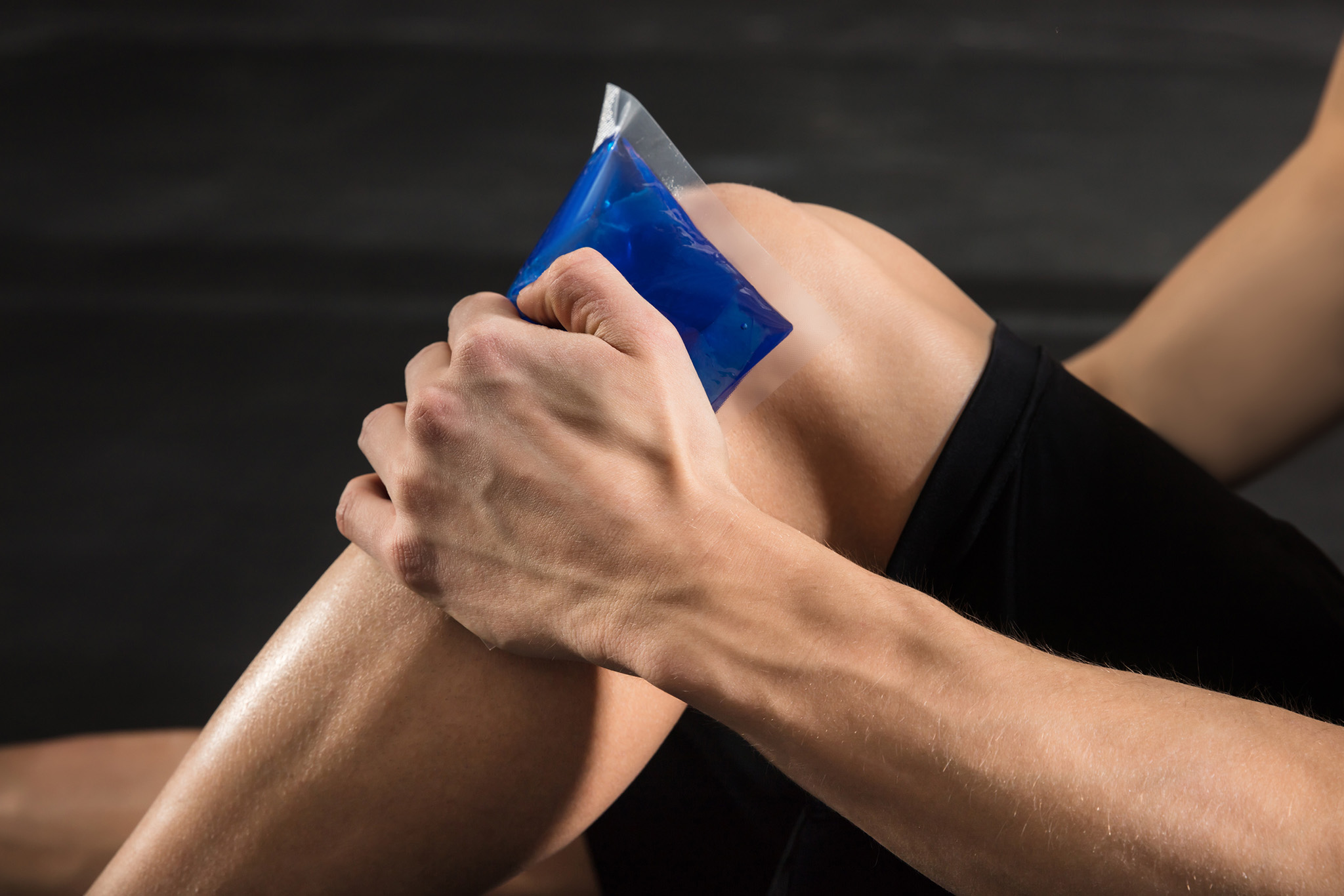Now Offering Physiotherapy! Free 15 minute consultations available. Learn more.
The Graston Technique is an impressive type of hands-on therapy referred to as soft-tissue instrument assisted mobilization. This method has gained popularity in recent years for its ability to address a wide range of physical issues, and it is especially effective at identifying areas of restriction and breaking up scar tissue. In addition to its therapeutic benefits, there also appears to be a neurologic advantage to treating patients with Graston Technique Instruments.
Graston Technique is a valuable approach to soft-tissue therapy that offers numerous benefits, including scar tissue reduction and improved neurologic function. While some discomfort may be experienced during and after treatment, the potential for enhanced healing and mobility makes it a worthwhile choice for many individuals seeking relief from soft-tissue issues.
If you're interested in exploring the benefits of the Graston Technique or have any questions, please feel free to contact us. Our team is here to assist you on your journey to better health and mobility.


During a Graston Technique session, you can expect Dr. David Connick to use the specialized instruments to rub the affected areas gently. He
will apply specific techniques, and each treatment usually lasts around 30 to 60 seconds per area addressed. It's important to note that
some discomfort is common during the procedure, but this discomfort is a sign that the therapy is actively working to break down
restrictions and promote healing.
After a Graston Technique session, patients are advised that they may experience some side effects. These can include soreness, bruising, or the appearance of small red dots over the treated area, which are called petechiae. While these effects may be uncomfortable, they are typically temporary and a sign that the body is responding to the treatment.
If you find yourself feeling sore after a Graston Technique session, applying ice for 15 to 20 minutes following the treatment can help alleviate discomfort. The cool application can reduce inflammation and provide relief. It's important to remember that these post-treatment effects are part of the healing process, and they are usually short-lived.
In addition to the Graston Technique, it is recommended to incorporate an exercise, stretching, and strengthening program to further support the healing process. These activities can complement the therapy by improving overall mobility, preventing future issues, and enhancing the body's ability to recover.